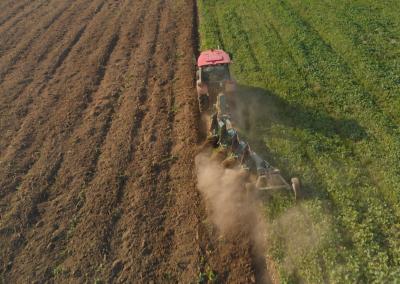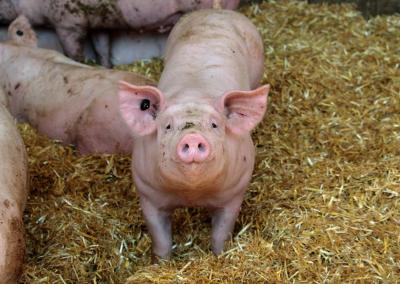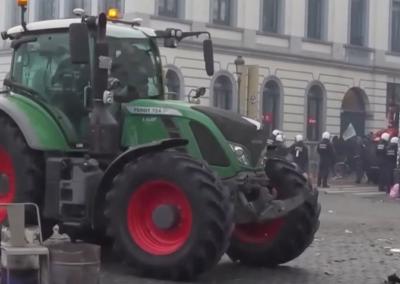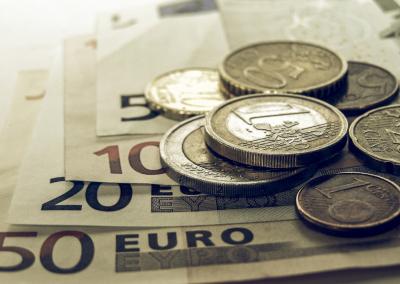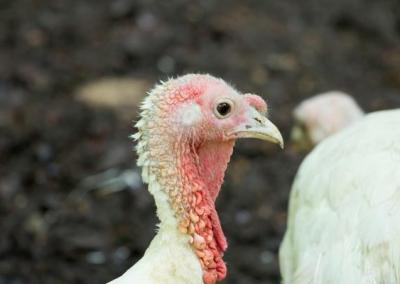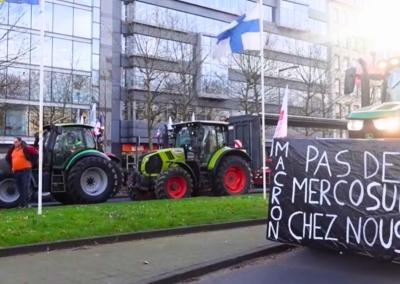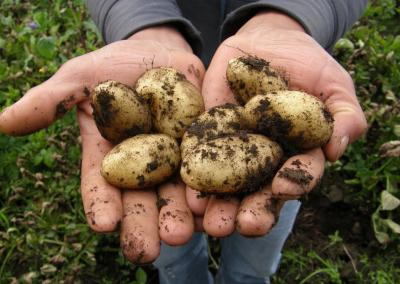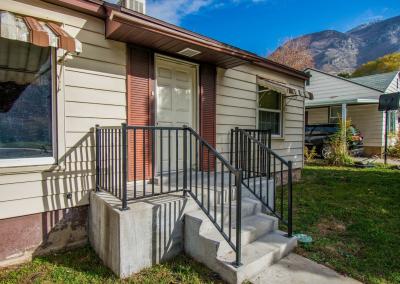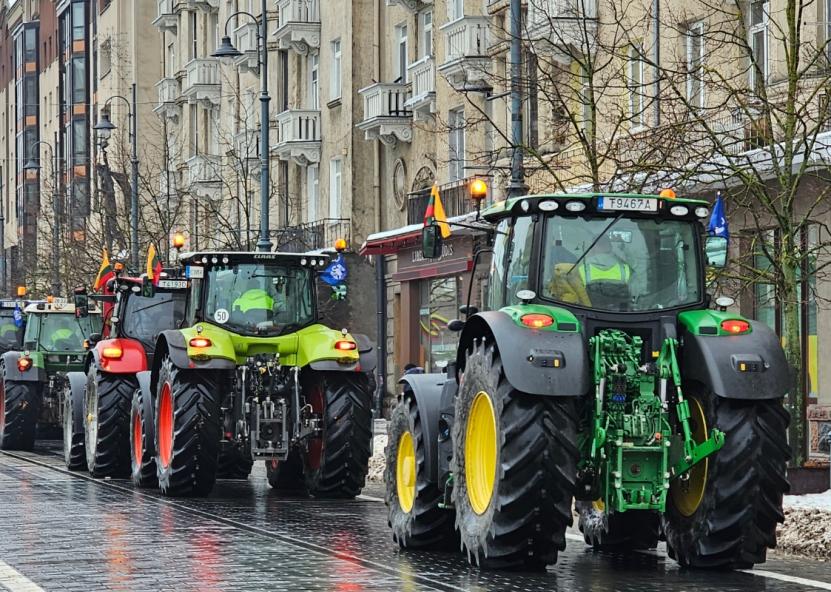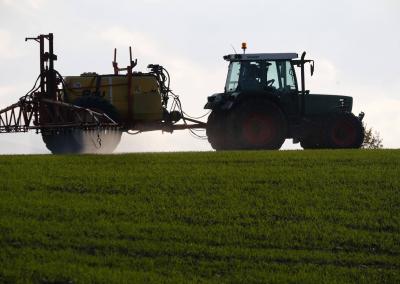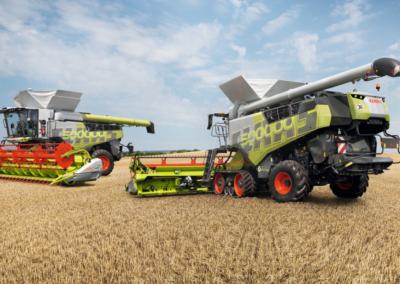Can a farmer still afford to buy machinery?
The huge farmers' fair Opolagra”Opolagra has already ended, which makes you think. Unfortunately, these are not necessarily positive thoughts about the upcoming harvest. machinery is far too expensive compared to the price of cereals or rapeseed, as well as most other agricultural crops, writes Farmer.pl reviewer Karol Bogacz. He notes that a farmer has to sell as much as 100% more
Same equipment at almost 100% higher price
This year's „Opolagra“, the leading agricultural outdoor exhibition in southern Poland, is already behind us. When you ask traders about machine prices, two thoughts come to mind. The first is that agricultural machinery prices have risen and cannot fall any further. The second is equally pessimistic: farmers can no longer afford to buy machinery. This is, of course, an exaggeration and perhaps far-fetched, but agricultural machinery is disproportionately expensive compared to agricultural crops. Although the fair was well organised and traditionally very popular, it attracted a large number of spectators. Many farmers would buy machinery, but you have to look much deeper into your wallet than you did many years ago. When, after all, farmer's goods were better priced.
Let's look at some examples. A seed drill (foreign brand) cost 24,000 zlotys (around €5,500) in 2018. The same equipment presented at Kamień Śląski this year is already valued at PLN 45,000 (about EUR 9200). There is no great philosophy when it comes to mechanical seed drills; in this category, the technology remains practically at the same level as a few years ago. Apart from minor, purely cosmetic changes, there are no changes in this equipment that justify such an increase. After all, we are talking about equipment with identical specifications. If we had bought this drill in 2018, we would have spent the equivalent of 32 tonnes of wheat on it (at a price of EUR 890 per tonne - prices at harvest time started at EUR 800, and in the second half of the harvest they fluctuated around EUR 900 per tonne of feed wheat). If we assume that the current price of wheat is the same as then (!), it would appear that 60 tonnes of wheat have to be paid for the same drill. So, with an average yield of 6 t/ha, we have 10 hectares of wheat this year, compared to just over 5 hectares six years ago.
A simple and small fertiliser spreader, which cost 7,000 Zloty (about €1,600) three years ago, now costs 12,500 Zloty (about €2,900). This means that in 2021 it will be enough to buy 8.2 tonnes of wheat. At current prices, the same equipment would require more than 16 t.
The list could go on and on, because the same unfavourable and ultimately disastrous ratio applies to all agricultural machinery.
Everyone has high costs, but the farmer's purchasing power is low
Unfortunately, the market has not been able to stabilise for a long time. We are basically dealing with a controlled market. Subsidies stimulate the market, but they also increase prices. But, after all, a few years ago there were also subsidies for the purchase of machinery. So it is possible that prices will continue to be in such an unfavourable correlation with the price of cereals, rapeseed or maize. Energy is becoming more expensive, the government is increasing the minimum wage and transport costs are high. Inflation is not affecting anyone. And in this respect, it is an obvious argument that machinery should have become more expensive. And given the high cost of production - as the dealers explain - there is not even much scope for discounts to avoid losing the machine. But there is a bigger problem. Farmers' production costs have also risen sharply in all categories. And yet we cannot dictate prices. We are also incurring higher costs for energy, transport, spare parts. The farmer's purchasing power is therefore low. And if farmers are unable to finance the purchase of machinery, look how widespread the economic problems will be, notes Mr Bogacz.
After all, the agricultural machinery industry employs thousands of people, many of whom are salespeople who, in addition to salespeople, also employ service technicians and a whole staff of accounting and billing staff. If the price ratio continues to be so unfavourable, the problems will get worse and worse.
Of course, machines are still being bought, but at the moment, without external financing, they are horrendously expensive to acquire. But are the machines so expensive, or is the commodity sold by the farmer so cheap? Probably both answers are correct. There is still a long way to go to get agricultural production back on track. And this applies to many categories, not just machinery. Neither the price of seeds nor the price of fertilisers corresponds to the income generated by crop or livestock production. In better years, stocks run out or are no longer available. And borrowing indefinitely is not an option, because credit is also very expensive compared to the price of the crop.

